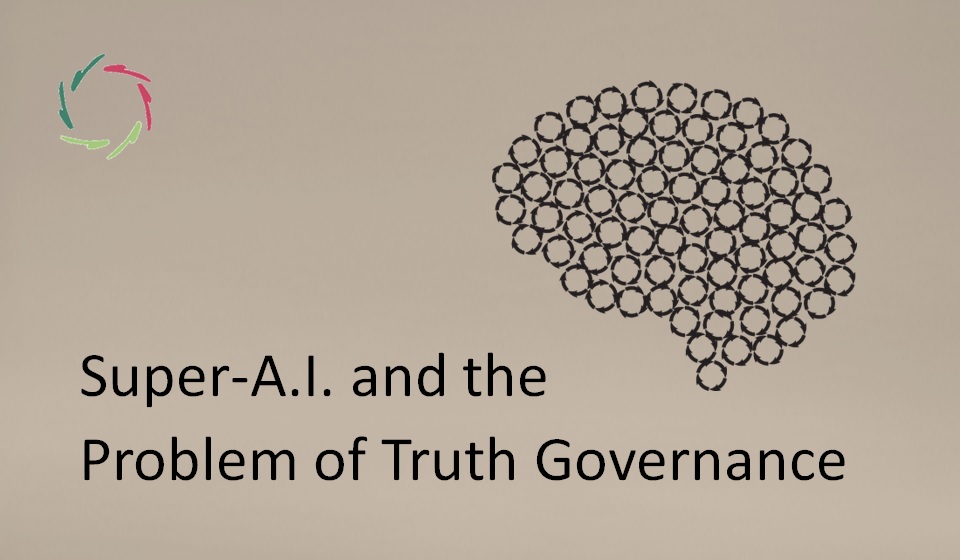A.I. Business Sustainability

Following a chapter of my book. [see: “The Journey Towards Compassionate A.I.“]
As the cliché goes: One thing is certain, and that is the uncertainty of the future.
“PricewaterhouseCoopers estimates AI deployment will add $15.7 trillion to global GDP by 2030.” [Lee, 2018] If this is not a business opportunity, then what is?
And perhaps not surprisingly, from the same book: “Chinese venture-capital investors had already responded to that call, pouring record sums into artificial intelligence startups and making up 48 percent of all AI venture funding globally, surpassing the United States.”
Of course, lots of companies have jumped on the bandwagon.
Many have already failed. Who will achieve a sustainable business over more than just a few months or even years? My crystal ball is broken. I guess the pressure was too high.
Of course, there are the usual suspects for business sustainability: studying the market, benchmarking, cutting costs, killing darlings, focus, flexibility, robustness… On top of that, A.I. is almost a different world we are falling into; namely, an even much more open-complex one. This makes international venture capitalists even heighten their risk-ratio. Many of their investments can fail. The one that makes it to the end of the line still promises astronomical gains.
Before the end of the line, competition is also enormous.
Does this lead to a sustainably Compassionate A.I. future?
Saying ‘no’ is the correct answer. However, it is also more complicated.
More specifically, the answer is surely ‘no’ if this leads one not to enter the game at all from a Compassion standpoint. The reason is simple: this will keep the market fully open to non-Compassionate A.I. Thus, it is choosing for the opposite of what one at first place chooses for. Playing the game is necessary.
Steve Jobs would have liked it and, I guess the later Steve Jobs would even have become an advocate for Compassionate A.I. He would have seen the opportunity.
At this moment, as for always, sustainably Compassionate A.I. must make use of its own strength.
In many ways, I am sure that ‘Compassionate’ is also even the most sustainable option if you make the right choices.
For instance, Compassionate healthcare is the one that makes people healthier on the basis of their own inner strength. So they no longer need a ‘repetitive business of cosmetic problem reduction.’ We see the latter to an immense degree, unfortunately, over the whole range of psychosomatics. This may be sustainable to a business that nestles itself in this wasteland, but in the meantime, the wasteland gets wasted.
More and more, people see through this. There is as yet no deeply Compassionate option available. Meanwhile, the non-sustainability is clear at a societal level.
Most sustainably Compassionate
is to search for the most appropriate level at which people’s needs can be met. People’s real needs (what they must have in order to be healthy and strong) and people’s self-perceived needs (what they want if you ask them; what they are prepared to give money for) are frequently at odds with each other. Second-wave has this immediate consequence.
The appropriate level is not just somewhere in the middle. It is about the level where these two needs can best be brought together. Where is it in healthcare?
This is also a branding issue.
Here lies an immense opportunity for the strength of Compassionate A.I. In the course of time, people get immune for non-Compassionate branding, which therefore needs bigger and bigger guns. Truly Compassionate branding is an entirely different game.
A business that can survive and thrive has to accord with the flow of tough competition. This is especially the case within the domain of A.I. At the same time, Compassionate A.I. needs to be in accord with Compassion, by definition.
The search is for a synthesis of Compassion and competition
without one standing in the way of the other, fundamentally. The lesson of your life is to go with the flow, and within this flow to search for ‘doing good while doing well.’ This most difficult exercise may be the future for business in general.
It is probably the most sustainable business ethic after all.
―
[Lee, 2018] Kai-Fu Lee. AI Superpowers China, Silicon Valley, and the New World Order – Houghton Mifflin Harcourt, 2018


